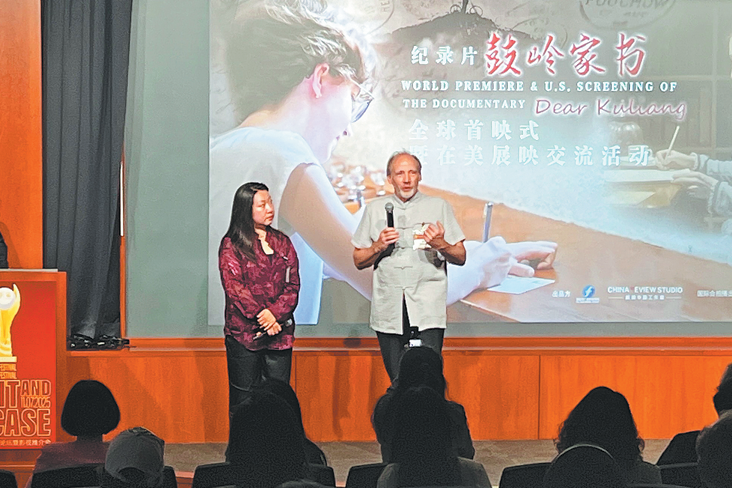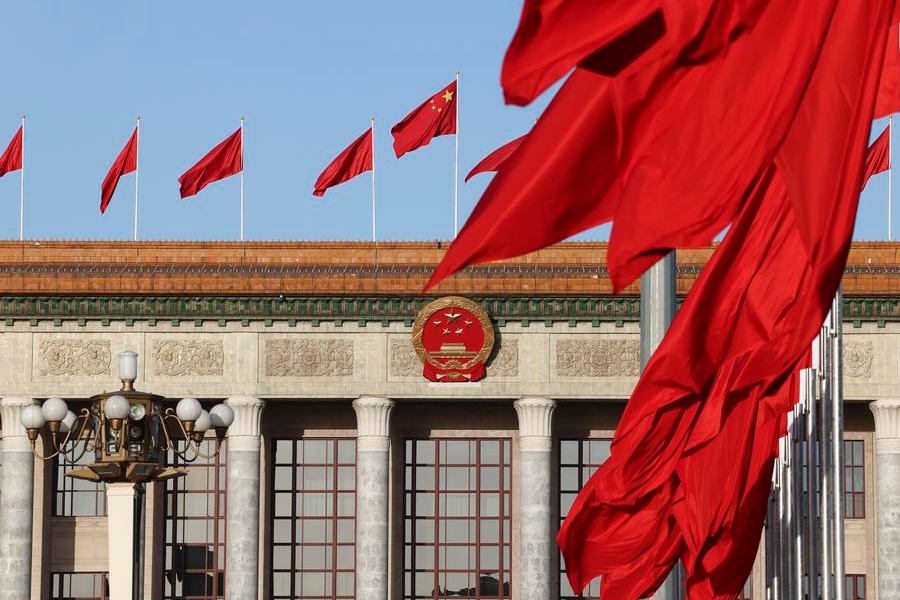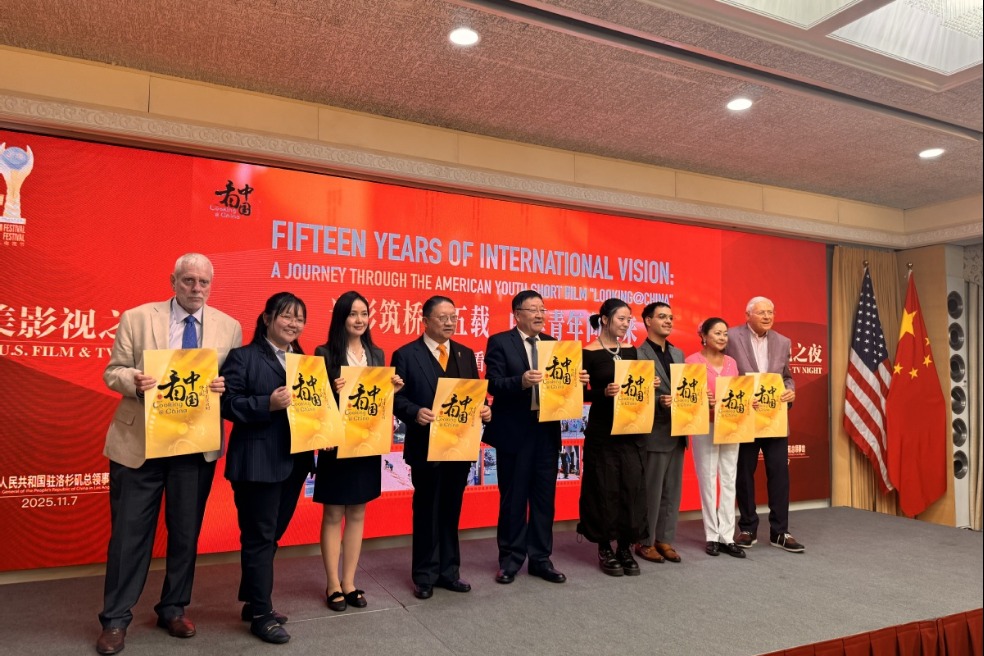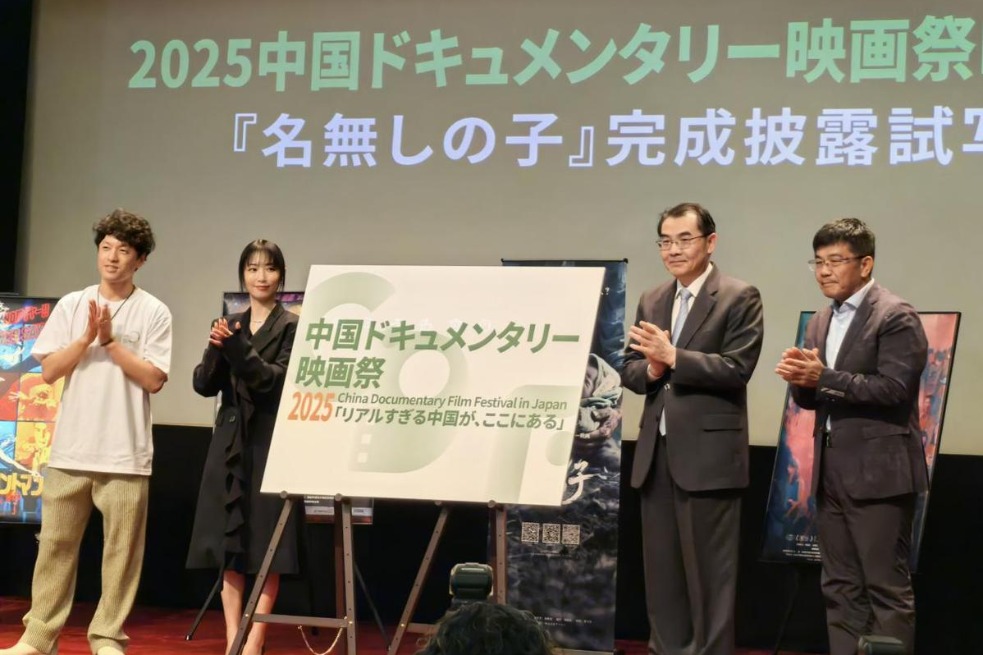China's new key planning vision hailed
Forward-looking strategy focuses on innovation, L. American scholars say

China's newly unveiled recommendations for formulating its 15th Five-Year Plan have drawn praise from Latin American scholars, who say the blueprint's focus on innovation, sustainability and long-term stability underscores the country's confidence in charting its own development path amid global uncertainty.
Jorge Heine, Chile's former ambassador to China and a nonresident fellow at the Quincy Institute in Washington, described the recommendations as forward-looking and innovation-driven.
"China has long left behind hard-boiled economic central planning, embracing instead indicative planning. This provides broad guidance to both the public and private sectors on the direction to go," Heine said.
One of the central questions before the release was whether the recommendations would lean more toward enhancing production or promoting domestic consumption, he said. "(They) provide a bit of both," he said.
Heine highlighted a key takeaway — the priority placed on developing "new quality productive forces", which emphasizes technological and scientific innovation as the main driver of China's economy in the coming years.
"The breakthroughs made by China in AI — the most significant technological innovation of our time — are emblematic in this regard," he said.
He also underscored the recommendations' attention to green development. "I would stress the emphasis on the energy transition, in which China is also playing a vital role," he said. "I would have liked to see a more ambitious target on China's achieving carbon neutrality — 2060 is in the very distant future."
Luis Antonio Paulino, a professor in the school of philosophy and science at Sao Paulo State University in Brazil, said he was impressed by the balance between China's near-term goals and its long-term vision.
Commenting on the recommendations for formulating the 15th Five-Year Plan, Paulino said what impressed him most was China's goal of aligning its immediate objectives with a broader, forward-looking strategy.
He contrasted China's approach with that of Western governments.
"Unlike Western models, which are almost always focused on solving immediate crises but lack a vision for the future, China, through its five-year plans, seeks to address both current issues and provide structural solutions to the main challenges facing the country, considering its long-term objectives," he said.
Paulino described this as "a superior form of governance", saying that instead of "going in circles" as most Western countries do, China moves "in an upward spiral that harmoniously combines addressing immediate problems with achieving long-term goals".
Paulino also highlighted the way China's planning links technological progress with social welfare and collective benefit.
"While the technological race in the West is controlled by a small group of billionaires interested only in their own profit, China combines the pursuit of developing new quality productive forces with the interests of all the people and the entire nation," he said.
"China associates the pursuit of scientific and technological self-sufficiency with regional balance and the improvement of people's quality of life.
"In other words, the country's technological development is not a project of a handful of billionaires, as is the case in the West, but a strategic objective directed by the Party (Communist Party of China) and the government with the aim of raising the living standards of all people," he said.
gaoyang@chinadailyusa.com
































